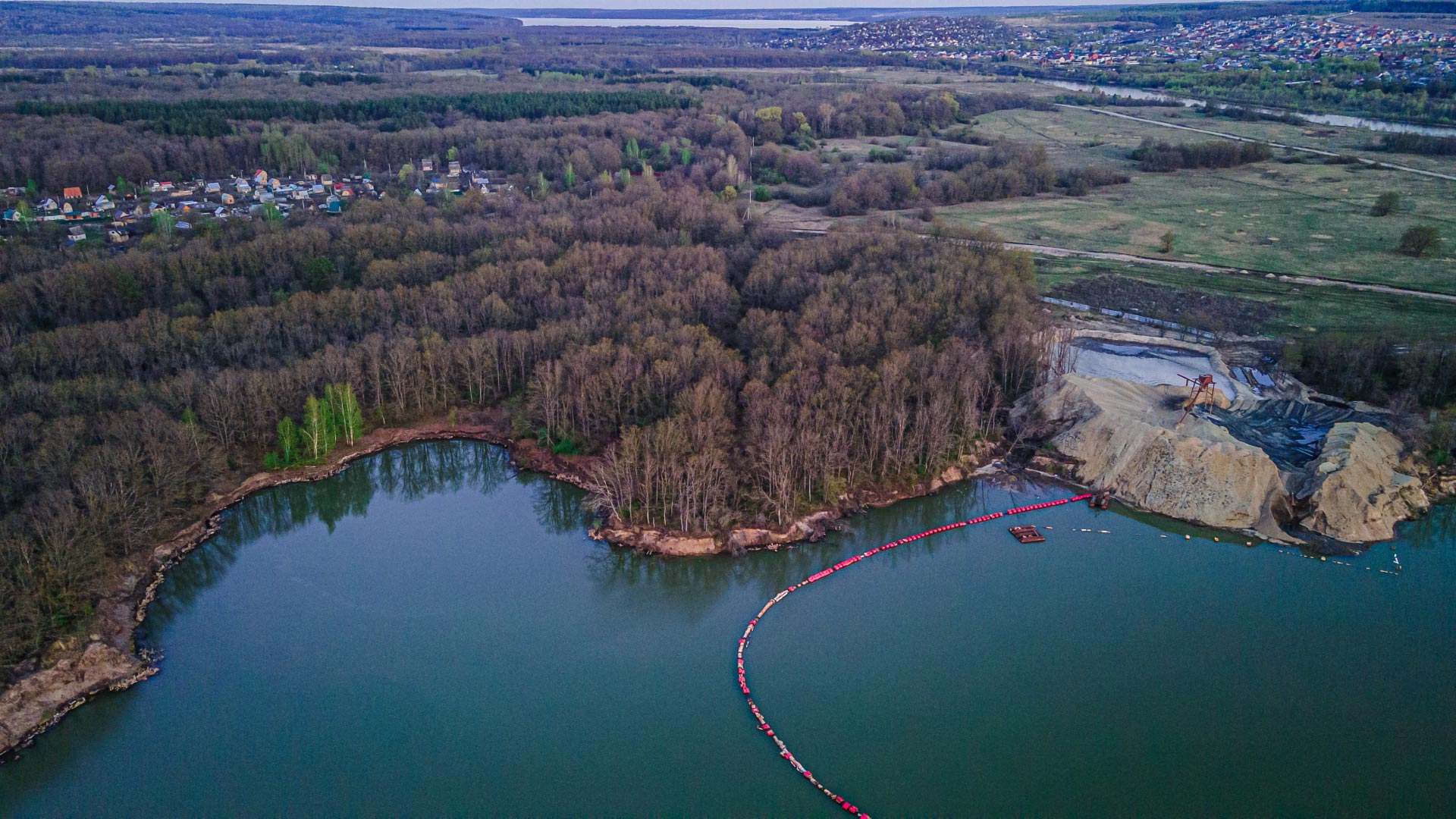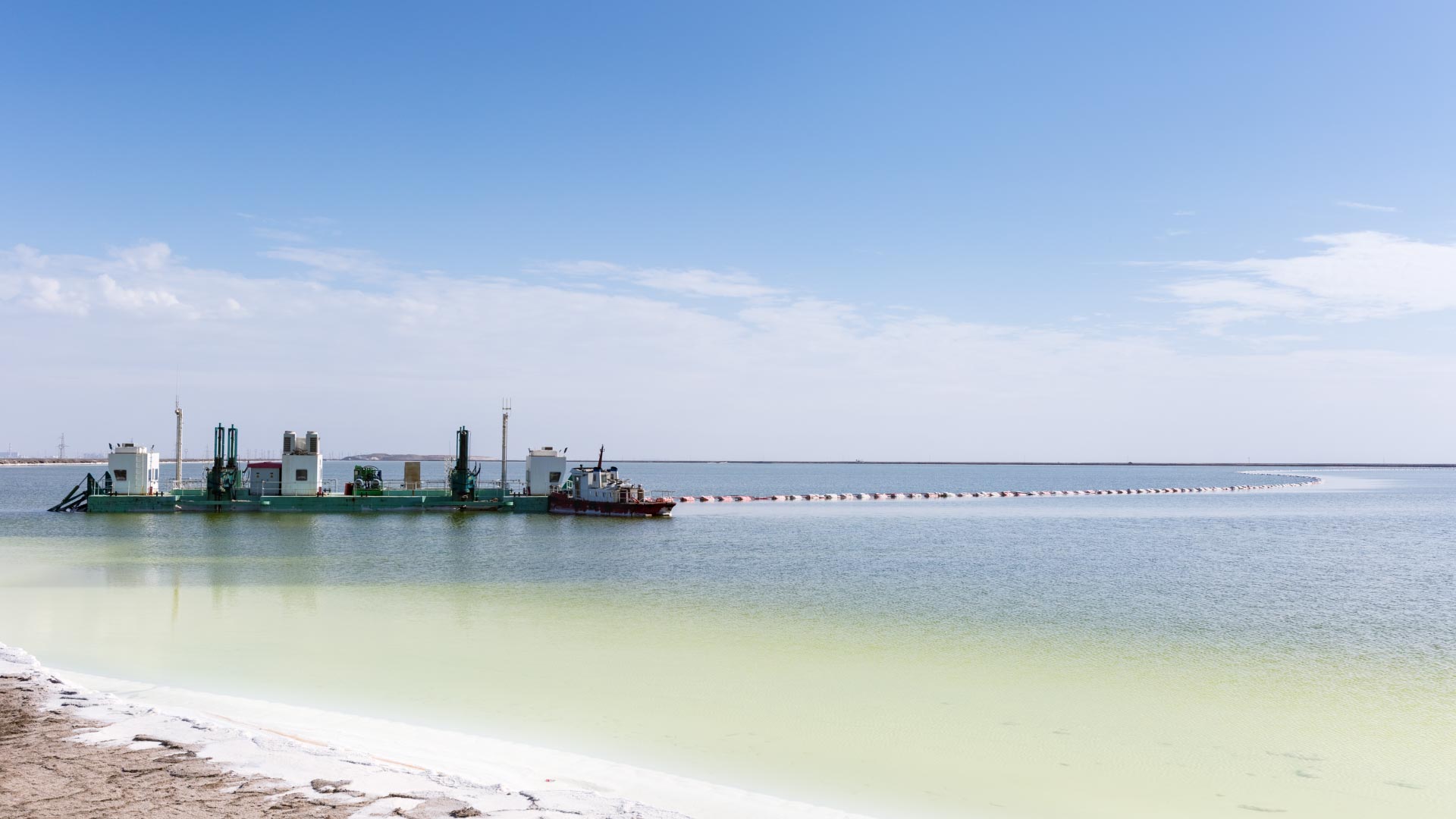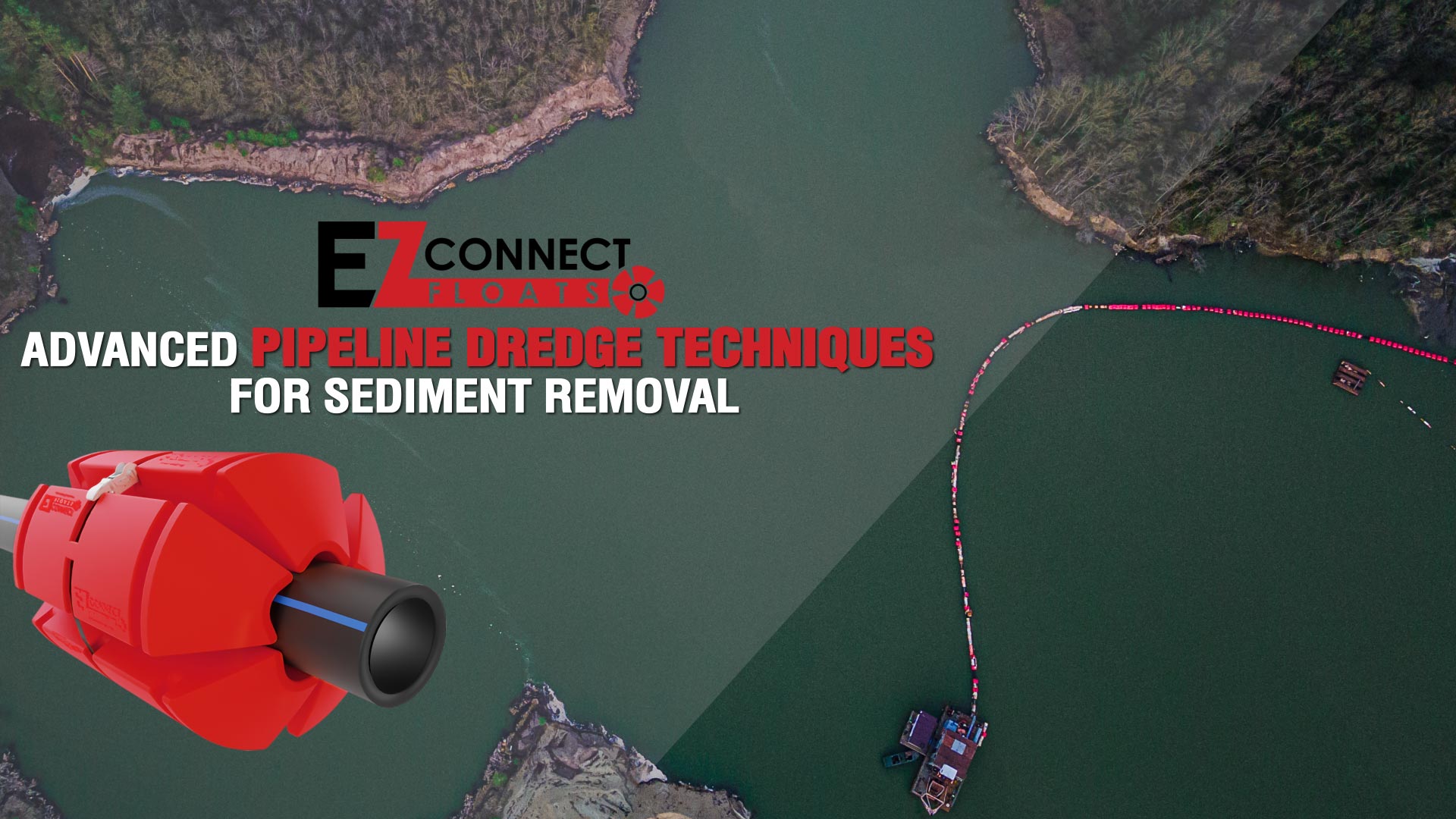
Advanced Pipeline Dredge Techniques for Sediment Removal
Effective sediment removal and management present significant challenges across a broad spectrum of industries, including construction, mining, and environmental conservation. Sediment build-up, whether from natural processes or human activities, can lead to serious issues such as obstructed waterways, degraded water quality, and compromised infrastructure. For example, in construction, excessive sediment can impede the navigability of rivers and harbors, affecting both safety and operational efficiency. In mining, the accumulation of sediment from tailings can result in environmental contamination and operational inefficiencies. Environmental conservation efforts are also impacted, as sedimentation can disrupt aquatic ecosystems, smother habitats, and affect water quality.
Many industries are turning to pipeline dredging to tackle these challenges effectively. A pipeline dredge for sediment removal utilizes advanced techniques and specialized equipment to transport sediment from the dredging site through a pipeline to a designated disposal area. This method is highly efficient, handling large volumes of sediment over long distances while minimizing disruption to the environment.
Understanding Pipeline Dredging
Definition and Basics
A pipeline dredge is a specialized machine designed for efficient sediment removal from underwater environments. The pipeline dredging process involves suctioning sediment through a pipeline, which transports it to a disposal site. This method is preferred for its efficiency and ability to manage large quantities of sediment, making it an ideal solution for various sediment management needs.
Applications
Pipeline dredging finds diverse applications across multiple fields. In construction, it clears sediment from harbor areas and river channels, enhancing navigation safety and operational efficiency. In mining, it aids in managing tailings and preventing sediment build-up that could impact operations. Environmental managers also use pipeline dredging to restore natural habitats and maintain water quality.
Pipeline Dredge Techniques for Sediment Removal
Traditional Methods
Historically, sediment removal was achieved using clamshell dredgers or draglines, which scoop up sediment and transfer it into barges. While these methods were effective, they were labor-intensive and could disrupt the surrounding environment. They also had limitations in distance and volume handling.
Advanced Pipeline Dredging Techniques
Modern advancements in pipeline dredging have revolutionized sediment management. Techniques such as cutter suction dredging use a rotating cutter head to loosen sediment before suctioning it through the pipeline. Auger dredges combine an auger and suction system to handle a variety of sediment types efficiently. Innovations like automated control systems and real-time monitoring have further enhanced precision and efficiency. Notable case studies, such as the successful dredging operations in the Port of Rotterdam, highlight how these advanced techniques significantly improve sediment removal outcomes.
Pipeline Dredge Equipment
Key Components
A pipeline dredge relies on a range of specialized equipment. Key components include dredge pumps, which create the suction needed to move sediment through the pipeline, and the pipeline itself, which transports the sediment to its destination. Other essential equipment includes the cutter head for sediment loosening and booster pumps for maintaining pressure over long distances.
Choosing the Right Equipment
Selecting the appropriate pipeline dredge equipment depends on factors such as sediment type, volume, and operational conditions. For instance, handling soft, fine sediments might require different equipment compared to coarse, gravelly sediments. Regular maintenance is also crucial for ensuring the equipment operates efficiently, minimizing downtime, and extending its lifespan.
Dredge Pipeline Floats and Their Importance
Function and Design
Dredge pipeline floats are crucial for maintaining the pipeline’s stability and functionality. They keep the pipeline buoyant, preventing it from sinking or dragging along the seafloor. This buoyancy is essential for maintaining a consistent flow and avoiding damage to the pipeline or the surrounding environment.
Types of Floats
Dredge pipeline floats come in various designs and materials, including foam-filled floats, air-filled floats, and buoyancy chambers. Foam-filled floats are durable and resistant to environmental factors, while air-filled floats are lighter and more flexible. Each type has its advantages depending on the operational conditions and specific requirements of the dredging project.
Installation and Maintenance
Proper installation of pipeline floats involves evenly spacing them along the pipeline to ensure balanced buoyancy. Regular maintenance is necessary to check for wear and tear, leaks, or damage that could affect the floats’ performance. Keeping the floats in good condition is vital for maintaining the overall efficiency and effectiveness of the dredging operation.
Best Practices for Effective Sediment Management
Planning and Preparation
Effective sediment management begins with thorough planning and preparation. Assessing site conditions and sediment characteristics helps in selecting the right pipeline dredge technique and equipment. Developing a detailed dredging plan that includes logistics, sediment disposal strategies, and environmental considerations is crucial for a successful operation.
Execution and Monitoring
Continuous monitoring is essential during the dredging operation. This involves tracking sediment removal rates, equipment performance, and changes in site conditions. Real-time monitoring systems provide valuable data for adjusting techniques and equipment settings to optimize results.
Post-Dredging Considerations
After sediment removal, proper handling and disposal of the dredged material are critical to avoid environmental contamination. Evaluating the impact of the dredging operation and implementing mitigation strategies help minimize adverse environmental effects.
Future Trends in Pipeline Dredging
Technological Advances
The field of pipeline dredging is evolving with technological advancements. Innovations such as autonomous dredging systems and improved material technologies are paving the way for more efficient and precise operations. These advancements promise to enhance dredging capabilities and reduce operational costs.
Sustainability and Efficiency
There is a growing emphasis on sustainable dredging practices. Future trends include the development of eco-friendly dredging equipment and techniques that minimize environmental impact. Improving efficiency and reducing energy consumption are also key areas of focus, contributing to more sustainable dredging operations.
Conclusion
Pipeline dredging plays a pivotal role in effective sediment removal and management. By employing it, industries can achieve cleaner waterways, maintain infrastructure integrity, and support environmental conservation efforts. Leveraging advanced techniques, specialized equipment, and best practices ensures efficient sediment management. As technology continues to evolve, the future of pipeline dredging promises even greater efficiency and sustainability. Evaluating your sediment management needs and exploring pipeline dredge solutions could be the key to addressing your sediment challenges effectively.
Have Questions?
Get in touch with us now!
Related Blogs
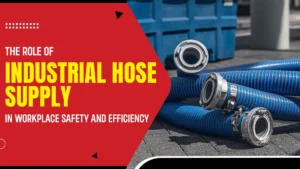
The Role of Industrial Hose Supply in Workplace Safety and Efficiency
In high-stakes industries such as oil and gas, mining, manufacturing, dredging, and defense, industrial hoses serve as vital connectors in daily operations. Whether transferring hazardous
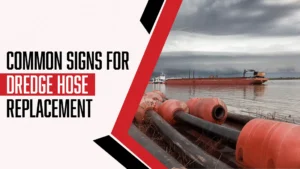
Common Signs For Dredge Hose Replacement
Dredge hose is an essential component in mining, oil and gas, and heavy industries, where it is used to transport materials such as sediment, slurry,
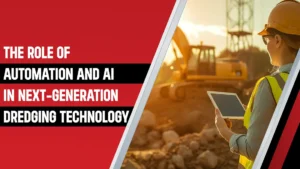
The Role of Automation and AI in Next-Generation Dredging Technology
Dredging technology has undergone a quiet but powerful transformation over the past decade. A purely mechanical process, which included heavy machinery, manual supervision, and reactive



